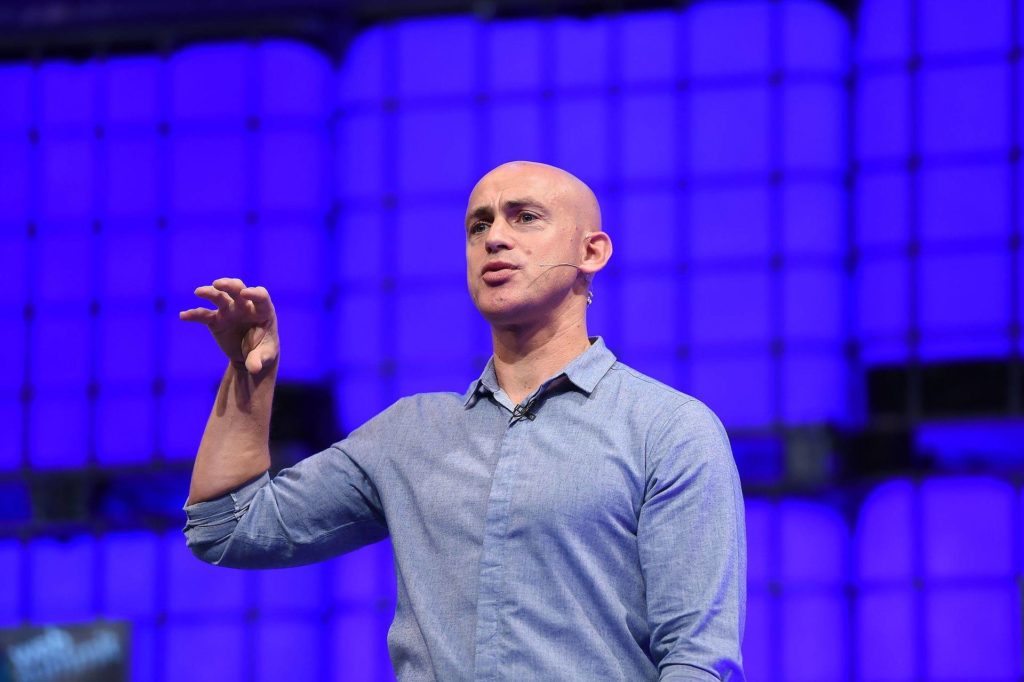
A few months ago, I began meditating on a daily basis. I had long heard about the different benefits that can come from practising mindfulness for just 20 minutes a day and decided to try it out. Because this was going to be new for me, I wanted a guided meditation. After checking out a few apps, and based on the recommendation of Tim Ferriss, I decided to go for Headspace by Andy Puddicombe. It’s a good choice.
Puddicombe has a very interesting background which you can read about here. I like his simple and easy-to-understand approach to meditation and mindfulness.
While listening to Andy Puddicombe on the app, I couldn’t shake the feeling that I had heard him somewhere before. Eventually, it dawned on me that I had seen a TED Talk that he had given. I went on the TED site and sure enough, I found it. You can watch the talk below.
There is a lot to like about this talk, but I want to focus on one thing: the juggling balls. As someone who can juggle three balls, I appreciated the masterful way in which Andy Puddicombe used them to describe different aspects of mindfulness. It is not easy to give a talk and juggle at the same time. It is incredibly challenging to do both at the same time. He pulled it off and it was effective.
What I did not like was the fact that Andy held the balls for a long time before using them. He held those three large, orange balls in his left hand for well over five minutes. He was more than half way through his nine-minute speech before evening mentioning them. I found it distracting and kept wondering when he was going to start juggling. The fact that everyone could see the balls also killed the element of surprise. Indeed, at 5:39, as he gets ready to juggle, Andy says, “And that’s what these [balls] are for, in case you’ve been wondering …”.
An audience should not have to wonder. A prop should be a support, not a distraction. Instead of holding the balls for the entire speech, he could have set them off to the side on a small table under a black cover.
Alternatively, he could have had someone hand them to him at the appropriate moment. Either way, he would have freed both hands for the first part of the speech and capitalized on the element of surprise when the balls were finally revealed.
When you use a prop in a presentation, try to keep it out of view until you need it. Of course, depending on the size, shape or weight of the object, this might not be possible; however, where possible, you should do it.
For more on props, here is a post on how props help a presentation, and here is a post with ten tips for using props in a presentation.
















3 Replies to “When to reveal a prop in a presentation”
Great remarks, John. Completely agree about the balls – they became a distraction at one point.
The funny part is that his message is about focus and mindfulness and he himself ended up distracting the audience at some point with his props.
At the same time it is a minor thing, he is doing a cool job with his Headspace.
Hi Andrii. Thanks for the comment. I agree that, in the grand scheme of things, it was not a big deal, but it was distracting. I also agree that Headspace is great. I am now up to 125 days in a row, which is a record for me.